We need your consent to use the individual data so that you can see information about your interests, among other things. Click "OK" to give your consent.
ASTM D3825-09
Standard Test Method for Dynamic Surface Tension by the Fast-Bubble Technique (Withdrawn 2016)
Automatically translated name:
Standard Test Method for Dynamic Surface Tension by the Fast-Bubble Technique
STANDARD published on 1.12.2009
The information about the standard:
Designation standards: ASTM D3825-09
Note: WITHDRAWN
Publication date standards: 1.12.2009
SKU: NS-24996
The number of pages: 6
Approximate weight : 18 g (0.04 lbs)
Country: American technical standard
Category: Technical standards ASTM
The category - similar standards:
Annotation of standard text ASTM D3825-09 :
Keywords:
dynamic surface tension, tension (tensile) properties/tests, surface tension, Bubble test, Dynamic surface tension, Fast bubble technique, LPG (liquefied petroleum gases), Petroleum products (liquid), Specific free energy, Surface analysis, Tensile properties/testing--petroleum products, ICS Number Code 13.300 (Protection against dangerous goods), 75.100 (Lubricants, industrial oils and related products)
Additional information
| Significance and Use | ||||||
|
While this test method can be applied to pure liquids, it is especially designed for use with mixtures in which one or more components migrate to the surface. Data of this type are needed for the design of equipment for processing mixed liquids, such as in distillation towers. |
||||||
| 1. Scope | ||||||
|
1.1 This test method covers the determination of the specific free energy of a liquid-gas surface a short time after formation of the surface. 1.2 It is applicable to liquids with vapor pressures up to 30.0 kPa (225 torr) and kinematic viscosities up to 4.0 mm/s (4.0 cSt) at the test temperature. Higher viscosities have not yet been investigated. 1.3 The values stated in SI units are to be regarded as the standard. The values given in parentheses are for information only. 1.4 Warning—Mercury has been designated by EPA and many state agencies as a hazardous material that can cause central nervous system, kidney, and liver damage. Mercury, or its vapor, may be hazardous to health and corrosive to materials. Caution should be taken when handling mercury and mercury-containing products. See the applicable product Material Safety Data Sheet (MSDS) for details and EPA’s website (http://www.epa.gov/mercury/faq.htm) for additional information. Users should be aware that selling mercury or mercury-containing products, or both, in your state may be prohibited by state law. 1.5 This standard does not purport to address all of the safety concerns, if any, associated with its use. It is the responsibility of the user of this standard to consult and establish appropriate safety and health practices and determine the applicability of regulatory limitations prior to use. For specific warning statements, see 7.3, 7.4, and 7.5. |
||||||
| 2. Referenced Documents | ||||||
|
Similar standards:
Historical
1.10.2011
Historical
1.5.2013
Historical
1.11.2012
Historical
15.6.2013
Historical
1.12.2011
Historical
1.6.2012
We recommend:
Technical standards updating
Do you want to make sure you use only the valid technical standards?
We can offer you a solution which will provide you a monthly overview concerning the updating of standards which you use.
Would you like to know more? Look at this page.


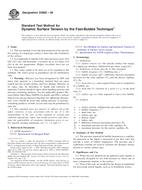
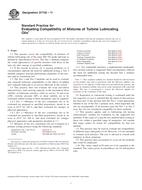 ASTM D7155-11
ASTM D7155-11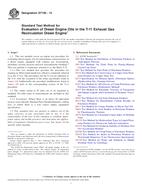 ASTM D7156-13
ASTM D7156-13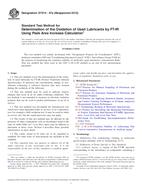 ASTM D7214-07a(2012)..
ASTM D7214-07a(2012)..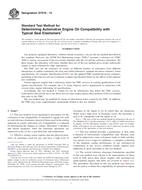 ASTM D7216-13
ASTM D7216-13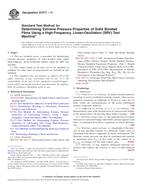 ASTM D7217-11
ASTM D7217-11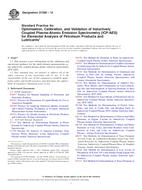 ASTM D7260-12
ASTM D7260-12
 Cookies
Cookies
